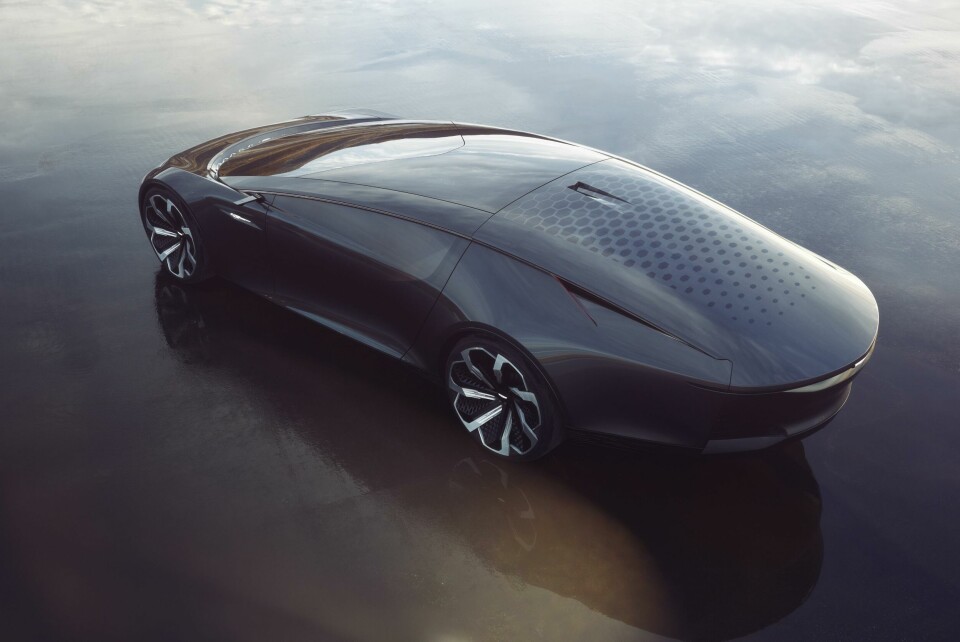
How batteries will shape car design
Electric skateboards are an interim step to battery-chassis-body integration and the implications for car designers will be enormous. New packaging designs are possible and old ones will be renewed. Car Design News’ Karl Smith investigates the near future
It goes without saying that the type and configuration of the powertrain of an automobile goes a long way in determining its packaging, proportion, stance and interior configuration. Every automotive designer above an introductory class design knows this.
For decades, this truism was discussed in terms of internal combustion engines, but since the turn of the century, the conversation has broadened to include electric powertrains, which also promise to dominate the conversation in the coming decades.
It is a remarkable transformation, occurring with great swiftness and, given the climate change emergency, a palpable urgency. There is lots to debate here- batteries types, various battery cell configurations, motors, and more. But opportunities specific to the design of interiors often lie with the arrangement of batteries.
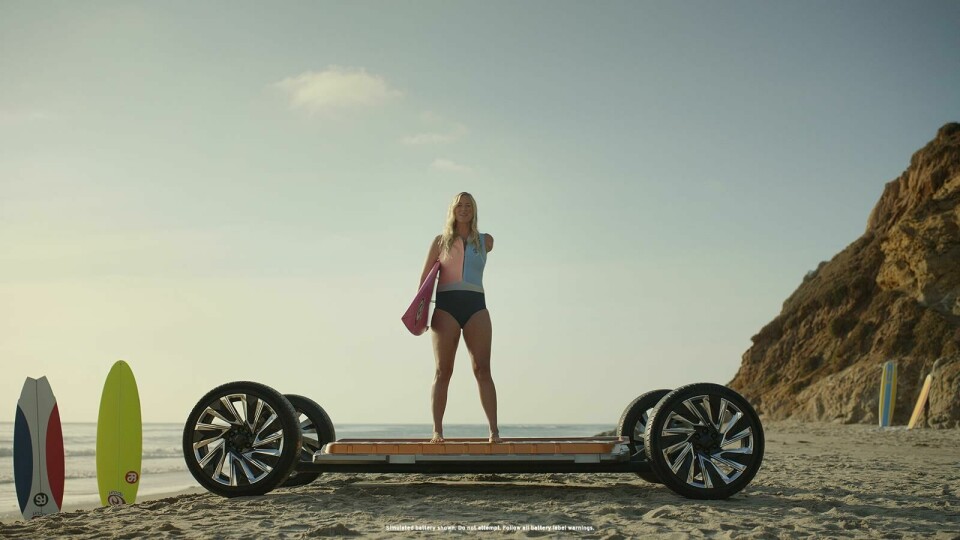
Currently in vogue is the skateboard configuration, also known as a sled or surfboard. Developed roughly twenty years ago by General Motors (the lead image for this story), first as a hydrogen fuel cell platform, it became the model for BEV cars as batteries became smaller and more powerful.
The skateboard’s simplicity creates an air of inevitability about it. The skateboard allows for a lower center of gravity, better road handling, better options for crash protection at the front of the vehicle, and more freedom in design of the passenger compartment and storage areas.
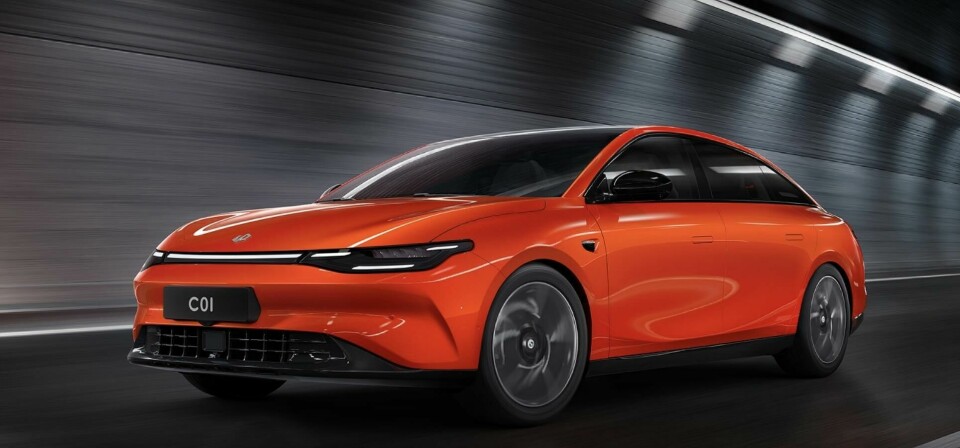
The ‘skateboard’ is still being perfected with this emerging generation of electric cars. But already it is being altered to as new developments overtake the model before it is even perfected.
Tesla, at its 2020 battery day, showed a diagram of a new battery configuration that integrated the skateboard more fully into the chassis. Using the analogy of the airplane fuel tank, which, when first moved to the wings, was an odd-shaped container placed inside the wing superstructure. Later, the tanks became winged shape, eliminating waste and increasing structural rigidity. Now, the wings are effectively fuel tanks that just happen to have a critical auxiliary purpose, they provide lift and maneuverability to the aircraft.
Tesla sees the battery cell-to-chassis model as the next phase of development, a “structural battery” that uses fewer parts, and is more efficient, allowing more cells to be placed in the same amount of space. Tesla expects to implement this integrated battery chassis system in 2023.
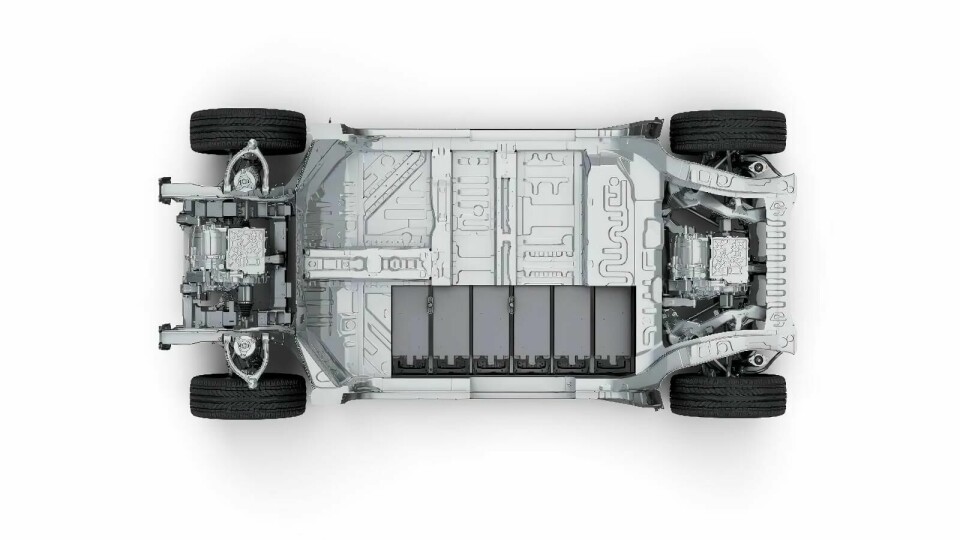
Tesla is not the only company experimenting with the cell-to-chassis model. Leapmotor, a Chinese OEM not widely known in the West, is introducing its C0-1 sedan this fall, with a proprietary cell-to-chassis technology (that Leapmotor claims it will share with interested parties, much like Tesla’s policy). Likewise, Chinese battery maker Contemporary Amperex Technology, Co. Ltd.(CATL), the world’s largest EV battery company, is developing an integrated battery chassis and underbody system which will probably find its way into many Chinese cars in the next decade.
GM’s Ultium platform previews what may be the truly revolutionary potential of electric propulsion, the distribution of the battery packs around the body shell, allowing much of the car to become the powertrain, not just an aesthetic and protective shell
While, Tesla and Leapmotor are moving to integrate the battery assembly into the structure of the car, at the chassis level, General Motors is hinting at a radical re-thinking of the ‘skateboard model’, one where batteries are placed around the body to open up new possibilities for packaging and interiors. In the Summer 2022 issue of Interior Motives, we interviewed Joe Baker, Interior Design Manager, Global Advanced Design, General Motors about the design of the Cadillac InnerSpace, a personal luxury car that, while not at all retro in styling, still recalled GM’s glory days of personal luxury coupes in the 1960s and 1970s.
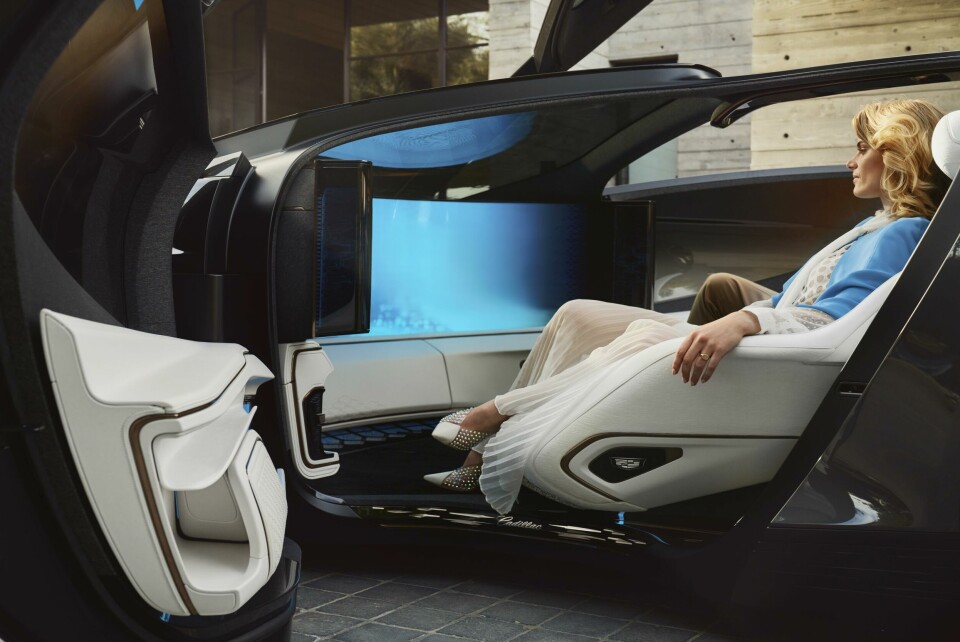
Though low-slung like a sports car, entry into the lounge-like interior of this car is made much easier by a recessed floor sill that allows one to slide into the swiveling lounge seat with ease, rather than vaulting over a wide sill, as is necessary in so many sports cars. Baker credits this flexibility with battery pack and chassis to GM’s bespoke ‘Ultium’ Platform.
“The Ultium platform allows for a wireless management system between battery modules”, Baker explained,” And that allows us to move away from the ‘skateboard’ or ’sled’ model to one that is more flexible and more sculptural by distributing battery elements around the body of the car.” The recessed rockers are just one application of this. GM’s Ultium platform previews what may be the truly revolutionary potential of electric propulsion, the distribution of the battery packs around the body shell, allowing much of the car to become the powertrain, not just an aesthetic and protective shell.
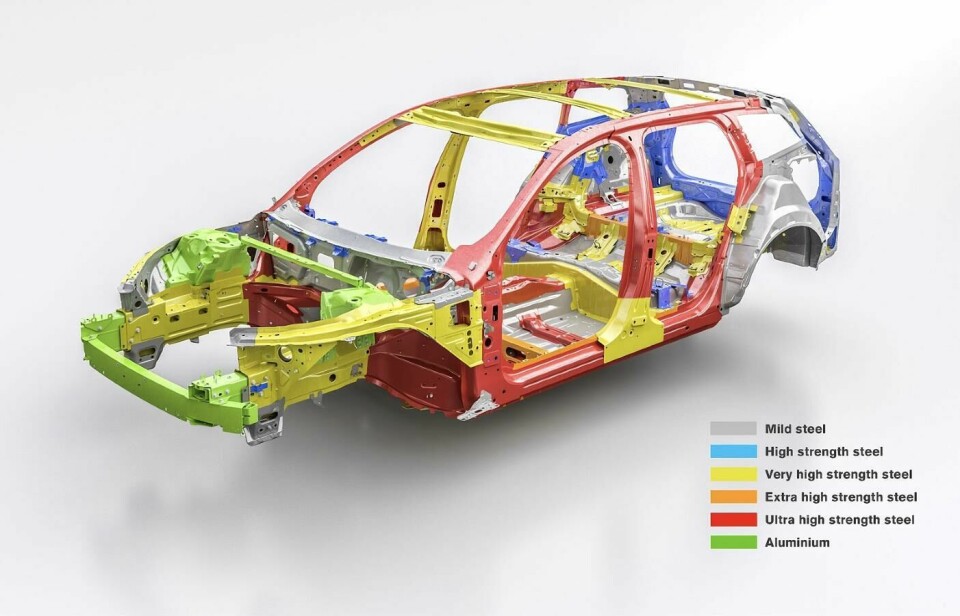
The ultimate vision is for an automotive body that not only is aesthetically pleasing and structurally sound, but also allows for the generation of power while allowing for innovation interior solutions. The Cadillac Innerspace (and its siblings in the ‘Halo’ concept series) may come to be considered the first of a new generation of cars that looks beyond the skateboard as a model for electric power configuration.
If this all sounds like science fiction, it is. But what about the modern car isn’t science fiction, or, if you prefer, engineering fiction?
Other configurations, suggested by Cadillac’s ‘Halo’ concept series, point the way to new conceptions of existing formats- family lounges replacing MPVs or SUVs. Rugged off-road vehicles updating SUVs and trucks for a new, ‘smart’, era. Pickup trucks with lounges-or not- with flexible cargo configurations, again, re-imagined for a ‘smart’ era. All made possible in part by redistributing battery power supply around the vehicle. For this to happen, solid state batteries would probably need to be placed in the structure, due to their decreased size and weight. Those batteries are as much as a decade away (though promised sooner), but could offer significant new opportunities in battery performance and range.
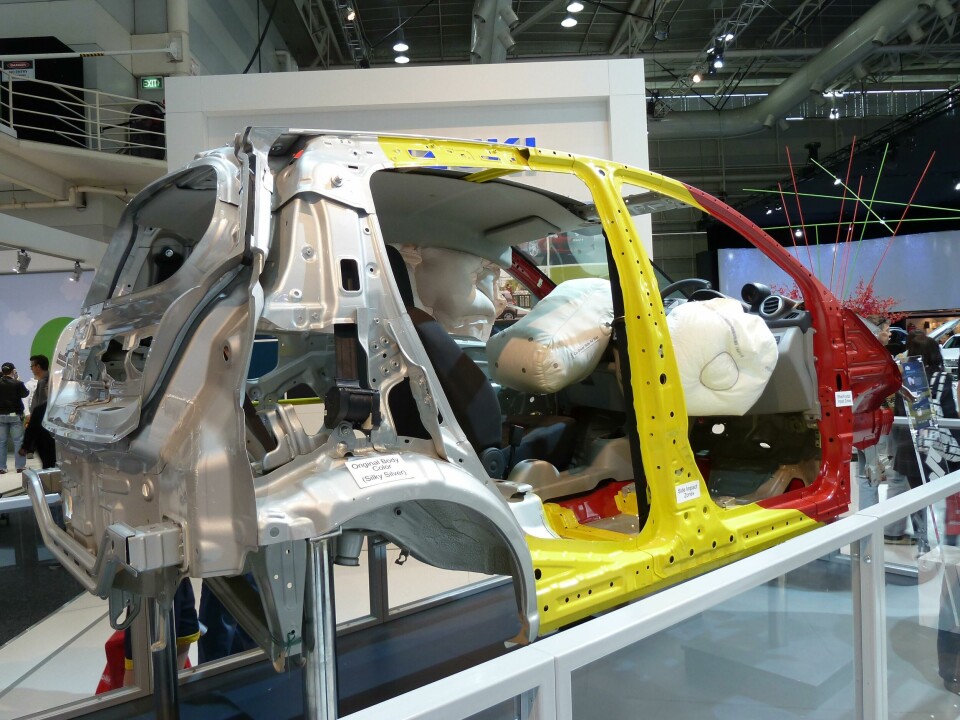
These batteries could be placed all around the car’s structure, distributing their mass where it is most advantageous to performance, structural rigidity and volumetric maximisation. Indeed, one could look out to the distant future- twenty years or more- and see an opportunity to have batteries, structure and body all integrated into one power producing unit. We could move from Body-in-White to Battery-in-White.
Such a structure would be a challenge to construct and integrate into a car. The Body-in-White is one of the most complex and precisely engineered of all industrial products. Several different types of steel are used, along with other metals and alloys to create a strong, crash-resistant structure. Integrating a battery assembly within this would seem nearly impossible- and is with current battery technology. But the development of new battery chemistries, new shapes and configurations, and new ways of integrating them into an automotive structure will emerge in the coming years, as will new manufacturing techniques which will be necessary to put everything together.
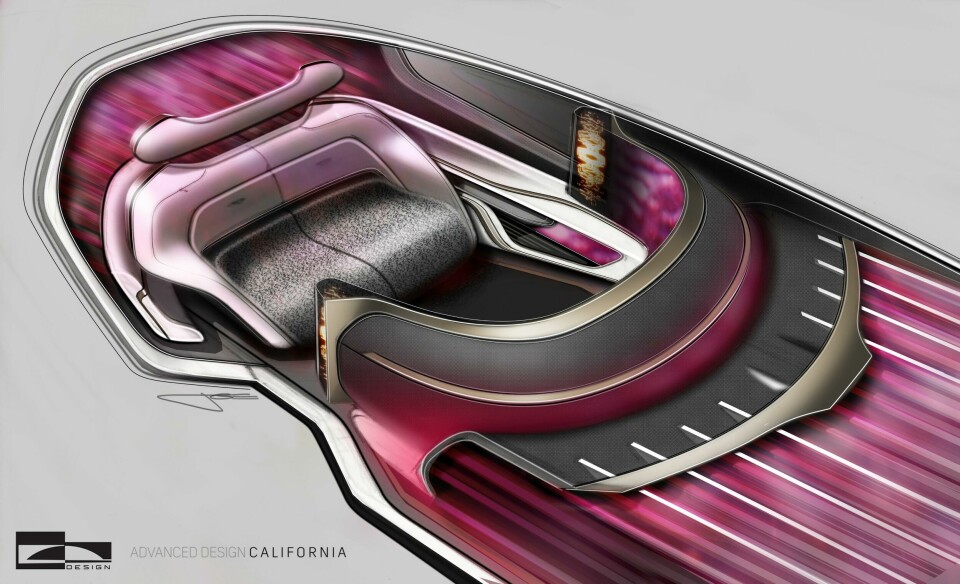
If this all sounds like science fiction, it is. But what about the modern car isn’t science fiction, or, if you prefer, engineering fiction? No, modern cars are not the bubble-top nuclear-powered rockets on wheels, as predicted in the 1950s. But, the modern car of the 2020s is revolutionary in so many ways- safety, electronics, interiors and so much more. Even old-school petroleum products like crankcase oil and diesel fuel are vastly improved over the same products that were produced even fifteen years ago. Emerging technologies will bring even more cutting-edge components and products in the coming years.
It will be a difficult calling in an already challenging design environment. But the reward will be a chance to be a pioneer in a new automotive space, one that will see tomorrow’s cars be as different from today’s as ours are from the Model T
We are in the beginning stages of a great transformation of the machine we call an “automobile”. In the next twenty years we will see enormous, fundamental changes to our personal transportation. It will be more ‘automobile’ than ever with autonomous or semi-autonomous driving. Exotic composites will lighten the frame and body. Advanced electronics will connect us to cities, other drivers, to infotainment. Electric power will mature into the premium power source for automobiles. Batteries, their composition and placement in the vehicle are a critical part of this new car.
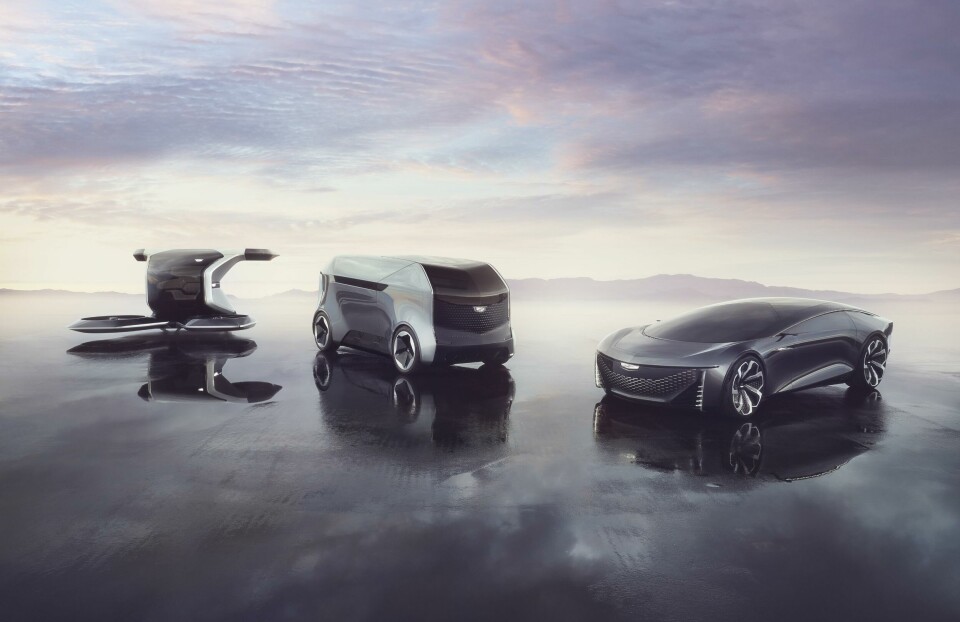
The automotive design professions must embrace these changes and take advantage of the opportunities afforded by them. But that also means being more conversant with various technologies that will inform these new cars. The designer of the future must be more of an engineer than those of yesteryear, able to have a reasonably literate and informed conversation with other professionals informing the design of a car. It will be a difficult calling in an already challenging design environment. But the reward will be a chance to be a pioneer in a new automotive space, one that will see tomorrow’s cars be as different from today’s as ours are from the Model T.



